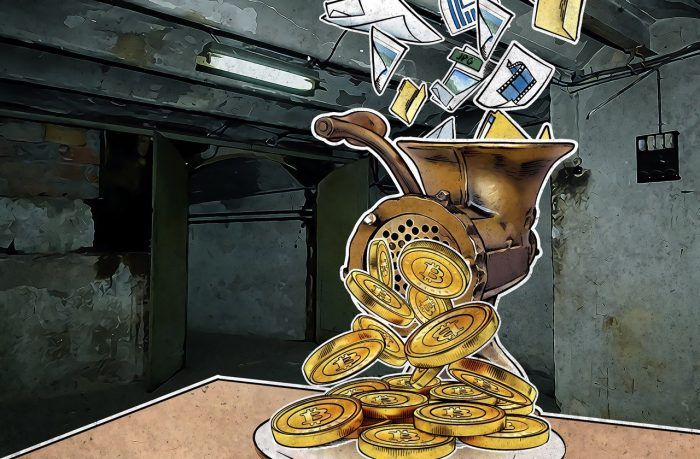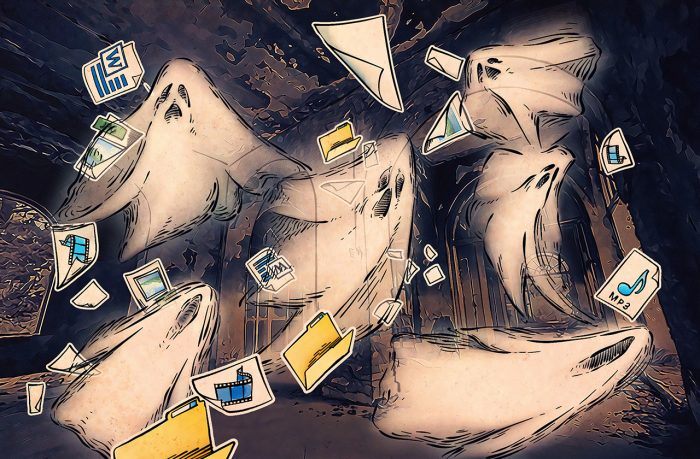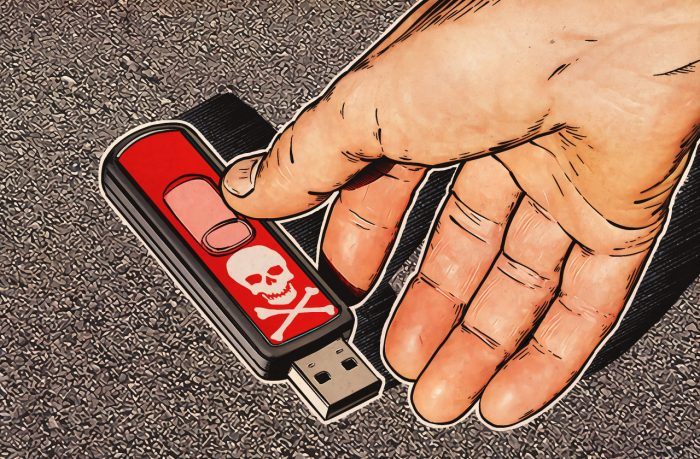
Decrypting CryptXXX version 3 — for free
Kaspersky Lab experts create a cure for CryptXXX. For the third time.
233 articles

Kaspersky Lab experts create a cure for CryptXXX. For the third time.

The NoMoreRansom project gets bigger, welcoming new partners, new countries, and new free decryption utilities.

What is ransomware? Why do you need to know about it? And how can you protect yourself from it?

A company’s business stalls because of a cryptor. The head of IT dept is to solve the problem. But “solving” this time doesn’t mean just “restoring the data”.

Ransomware infects 2,000 SFMTA computers, makes Muni rides free for the weekend.

Ransomware: a brief history, current situation, future predictions and how to solve the problem.

Ransoc ransomware gathers data from victim’s social networks and hard drives, and uses it to blackmail victims.

FAQ about ransomware: types, origins, dangers, and how you can stay safe

Ransomware research shows that paying ransom is no guarantee you’ll get your files back.

Three months in, we report on the development of No More Ransom and the goals we’ve already achieved.

Polyglot, aka MarsJoke, had aspirations. It was trying to be the next CTB-Locker — but we developed a cure.

How heuristic analysis and System Watcher work in Kaspersky Internet Security.

We asked more than 3,000 representatives of small and medium-sized companies how they manage to cope with cryptomalware in the constantly changing landscape of cyberthreats.

Fantom ransomware displays a fake Windows Update screen while encrypting your files.

Another piece of ransomware bites the dust: Kaspersky Lab now offers a free decryption tool for the WildFire cryptor.

Are you set up to block ransomware from jumping from one machine to your network?

According to Kaspersky Security Network, the number of corporate users attacked by cryзtors has increased almost sixfold — from 27,000 in 2014–2015 to 158,600 in 2015–2016.


Good news, everyone! We have help for victims of Shade ransomware. Now you can decrypt the data without paying ransom.

How to protect yourself from ransomware? Are there any cross-platform cryptors? How much time does it take to catch a cybercriminal? Jornt van der Wiel discusses all of that and more